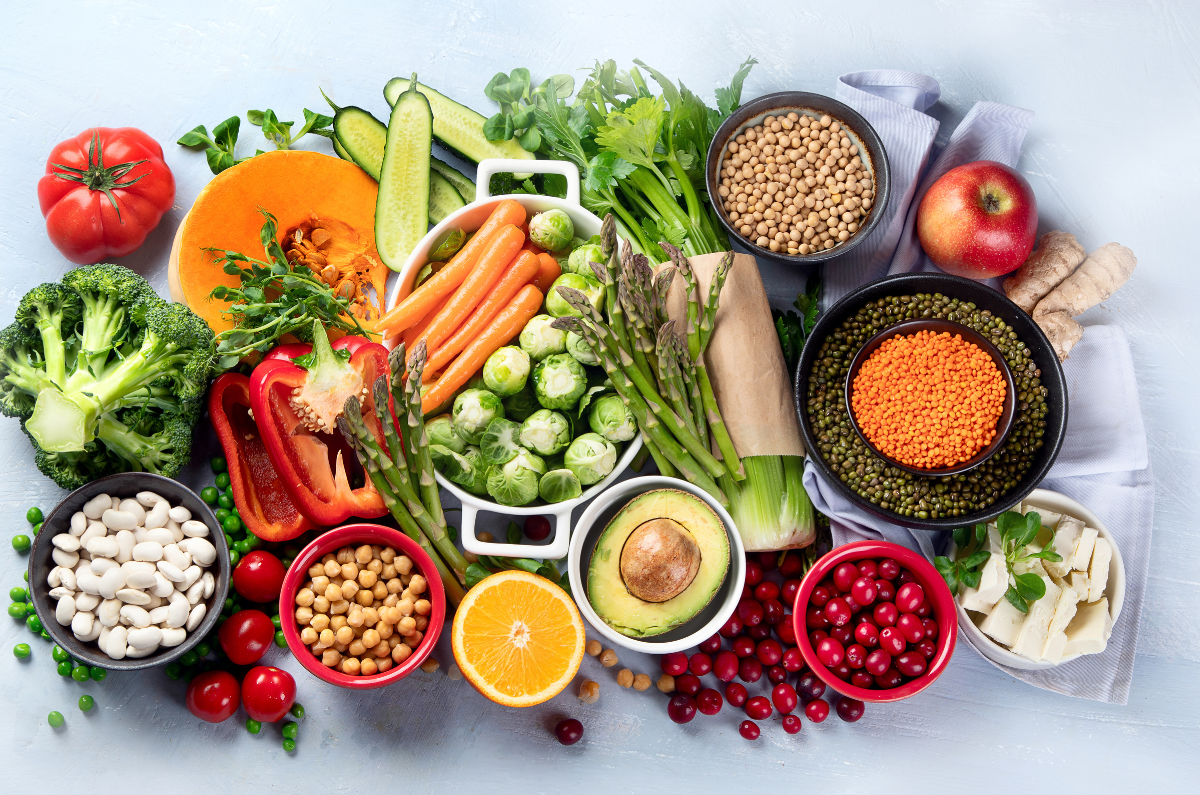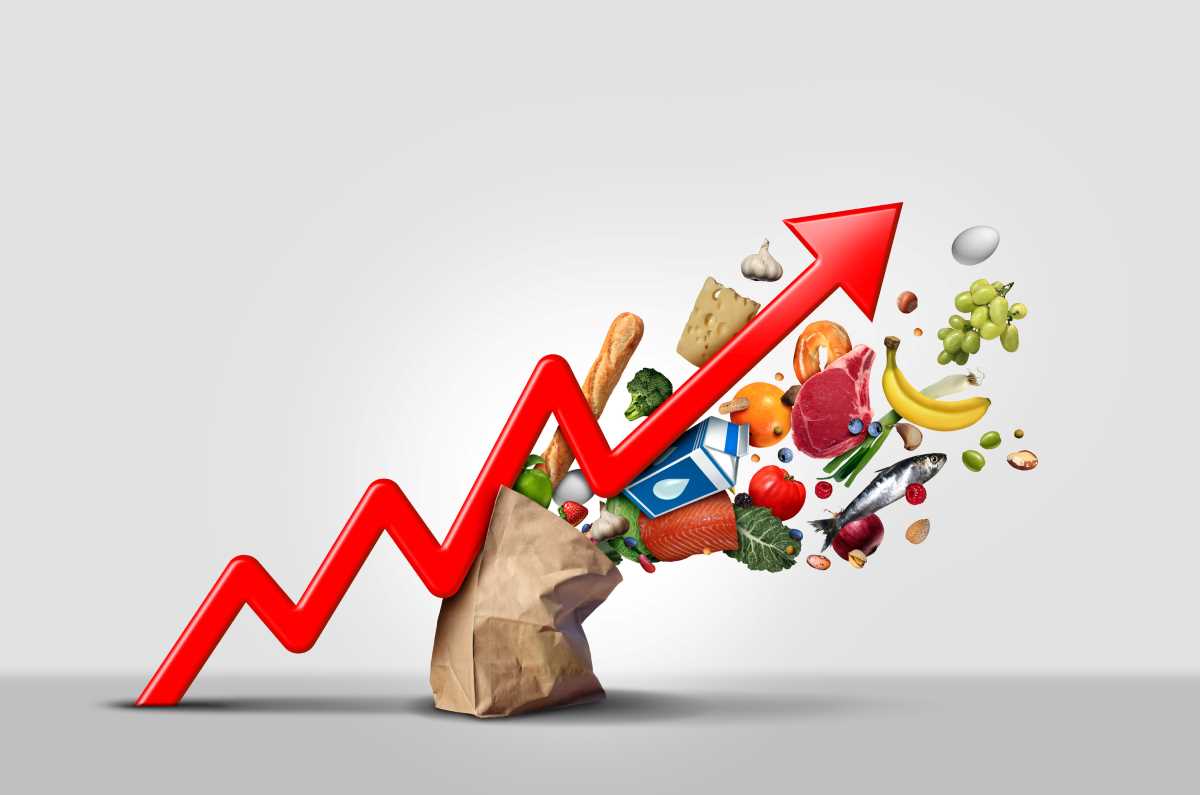Jack Bobridge is sharing his story for Men’s Health Week

Hi, I’m Jack. I’m 36 years old, originally from South Australia but now living in WA with my wife and our two amazing kids. I’m an Olympian and former professional cyclist, and these days I’m a bricklayer, small business owner, and someone learning to manage life with rheumatoid arthritis (RA).
If you saw me now – tattooed, outdoorsy, maybe covered in brick dust – you probably wouldn’t guess that not long ago, I was competing at the highest level in cycling. From 2010 to 2016, I raced professionally, living and training across the globe. Representing Australia at the 2008, 2012, and 2016 Olympics was something I’ll never forget – especially as cycling’s been passed down through my family for generations.
Cycling was my life. Every day was about pushing limits, eating clean, recovery, data, and performance. But just after I won the under-23 World Time Trial title, I started to notice something was off. At first, it was small things – stiffness in my elbows, soreness in my knees. But it got worse. Fast. Within weeks, I was in pain every day. I couldn’t explain it. I started seeing doctors, chasing answers. It took 18 months to get a diagnosis: rheumatoid arthritis.
That’s a long time to be in pain without answers. And I was one of the lucky ones – being a professional athlete, I had to get help. A lot of men out there, two-thirds according to the research, would rather push through or wait it out. I get it. We’re taught to tough it out. But let me tell you – RA doesn’t care how tough you are.
Getting diagnosed didn’t mean things got easier straight away. I was put on a medication that made me feel like I had chronic fatigue. I could barely function, let alone race. Eventually, I stopped taking it, and things began to improve. But those years were rough – not just physically, but mentally too.
When your body is your livelihood and it suddenly stops working, it messes with your head. I started drinking to numb the pain – not just in my joints but in my mind. And I can tell you now, alcohol only made things worse. RA and alcohol are not a good mix. It took me a while, but I’ve learned better ways to cope.
These days, my relationship with fitness has changed, too. No more endless hours on the bike. I stick to the gym with lighter weights, movement that keeps my joints strong without breaking me down. I also spend as much time as I can outdoors – scuba diving, boating, camping.
My mental health still needs attention, and that’s okay. I’ve stopped trying to go it alone. I’ve got a great support system in my wife and family. If I could give one piece of advice to men reading this: speak up. It’s not weak. The earlier you ask for help, the sooner you can get on top of things.
RA has also made me rethink my diet and how I live. I’m more conscious of what I put into my body – less acidic foods, more balance. I watch for personal triggers like big weather changes, which I feel often set off my flares. These days, I’m on a different medication, and I use prednisolone when flares hit. It’s not perfect, but it’s manageable.
There’s a big misunderstanding out there that RA is just a bit of joint pain. It’s not. It’s constant, it’s exhausting, and it can take over your life if you let it. But it doesn’t have to define you.
Today, life looks different, but it’s good. My wife and I run a coffee trailer and a bar-caravan for weddings and events. Bricklaying keeps me moving and outdoors, even if it’s a tough gig with RA. And I want to help others – especially young athletes, or any bloke battling musculoskeletal disease, chronic pain and mental health struggles.
If I could talk to my younger self, I’d tell him to take better care and ask for help sooner.
So, during Men’s Health Week, here’s my message to you:
If something doesn’t feel right – pain, swelling, fatigue – don’t wait. Don’t accept “it’s just a virus” or “it’ll pass” as the final word. Keep pushing for answers. Speak up. Get checked.
You’re not alone. And the earlier you act, the better your future will be.
Jack Bobridge is an Olympian, former professional cyclist, father, bricklayer, small business owner, and advocate for men’s health and rheumatoid arthritis awareness.
Contact our free national Helpline
Call our team if you have questions about managing your pain, musculoskeletal conditions, treatment options, mental health issues, or accessing services. They’re available weekdays between 9 am-5 pm on 1800 263 265; email helpline@muscha.org or via Messenger.
Crisis support
If this article has raised some issues with you, there is help available. Contact Lifeline Australia on 13 11 14 for 24-hour crisis support and suicide prevention.
More to explore
-
- Beyond Blue
- Healthy Male
- R U OK?
- Head to Health – Australian Government Department of Health


















